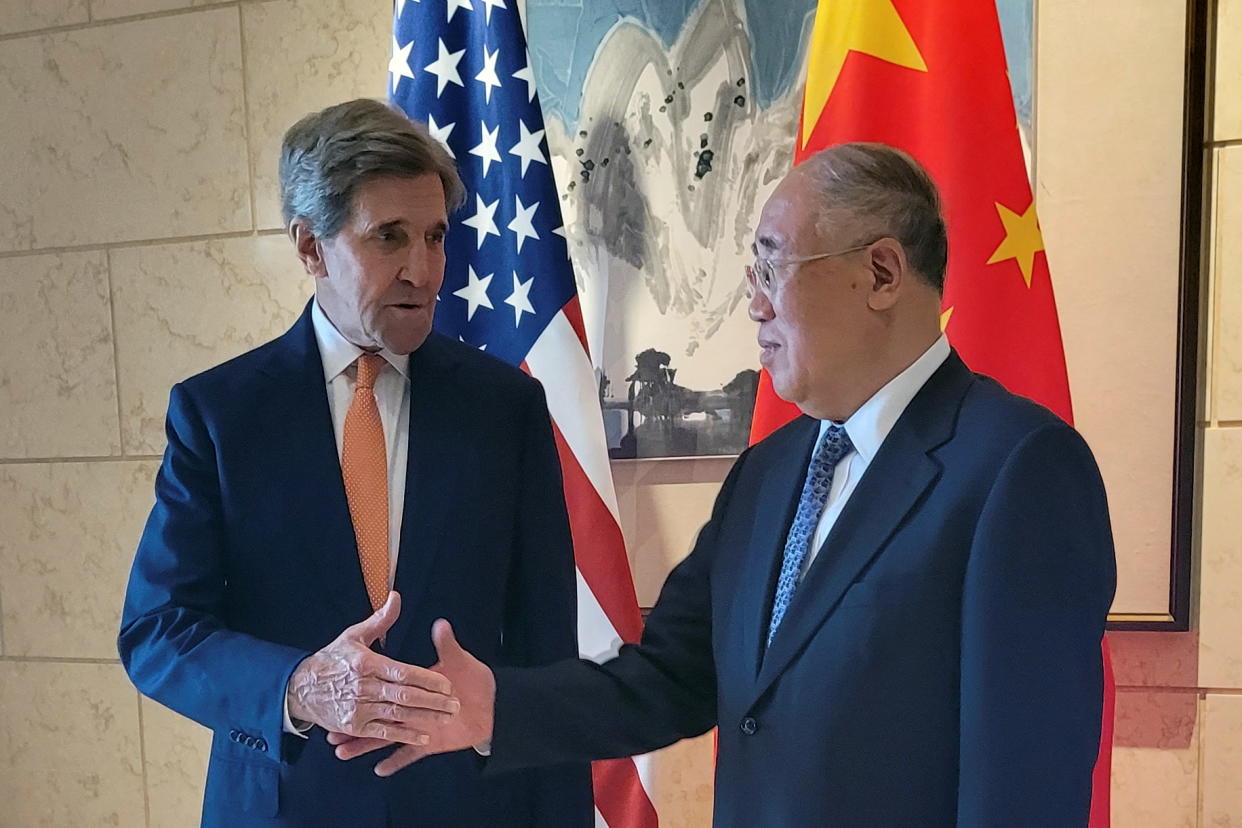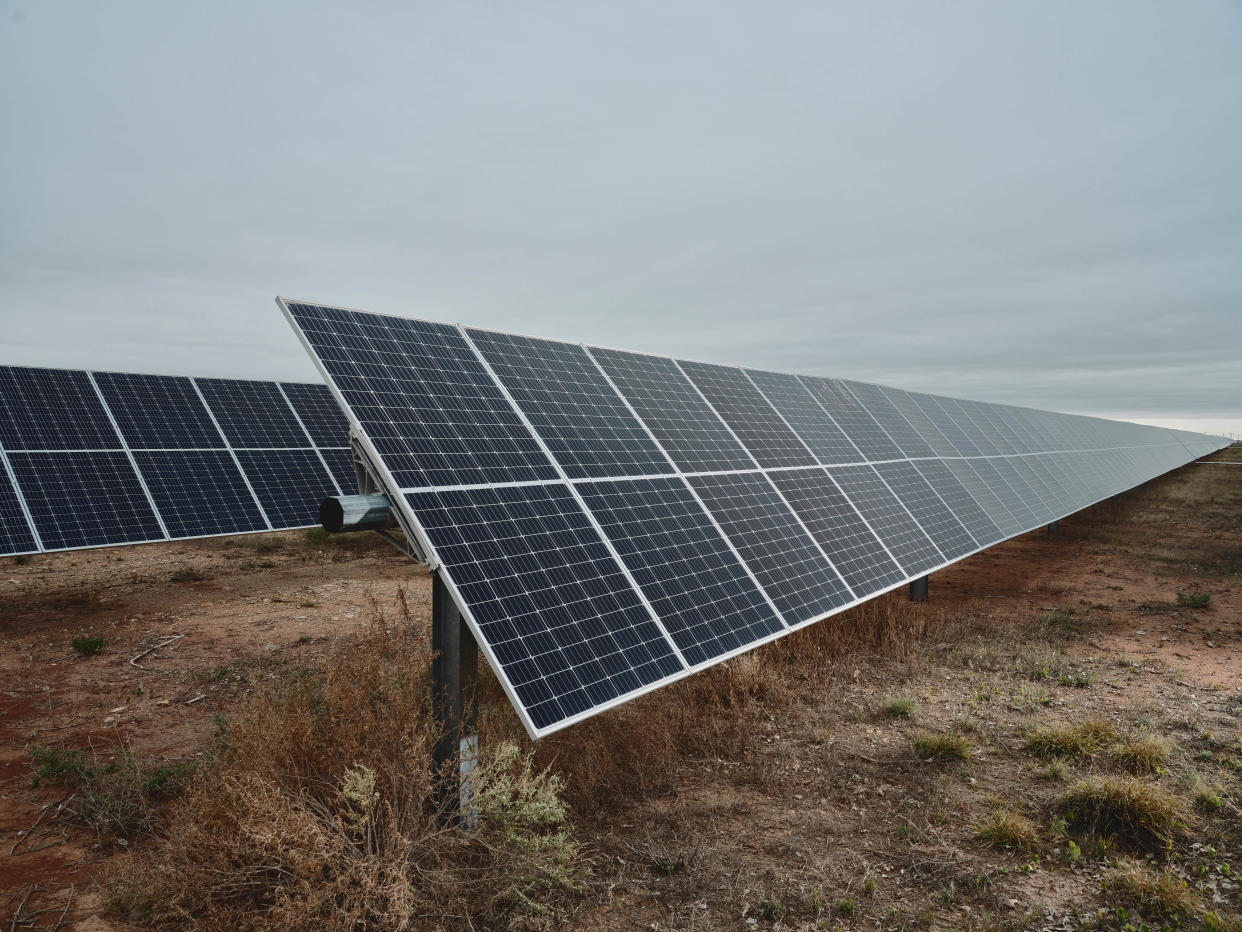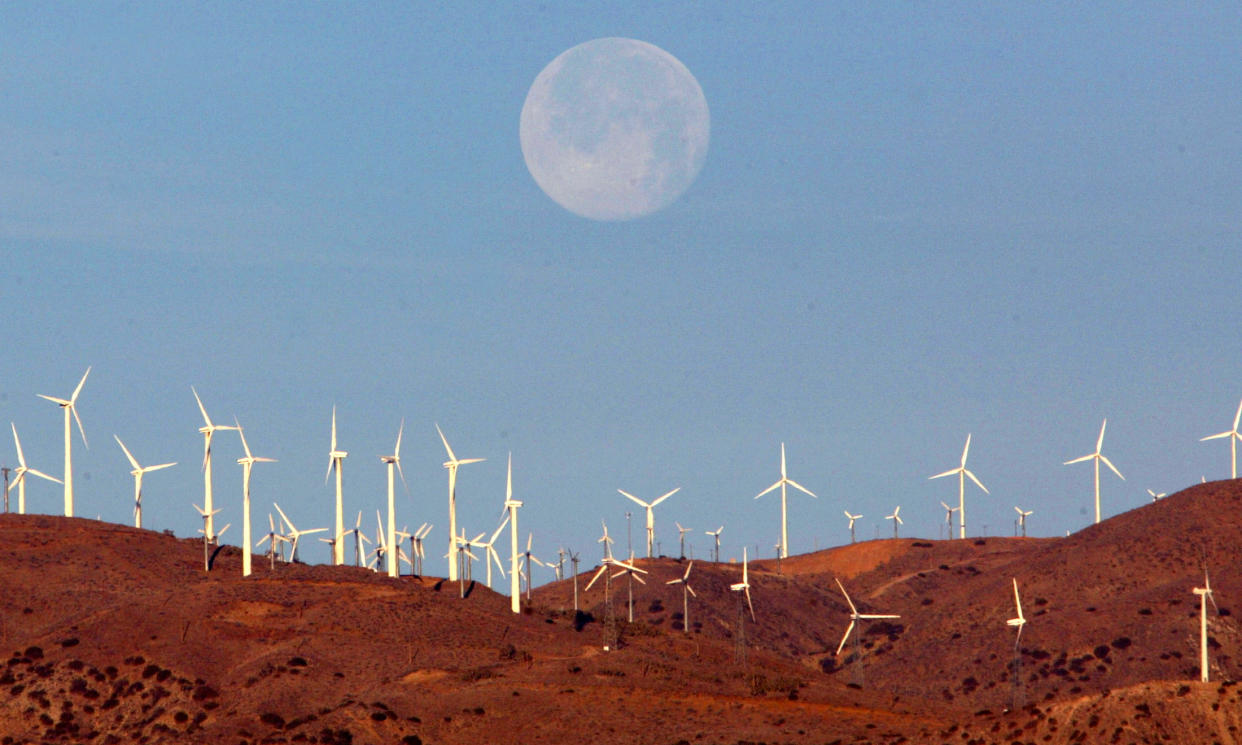U.S. and China reach a deal on fighting climate change. Here's what it means.

The United States and China may be at odds over everything from the Russia-Ukraine war to the status of Taiwan, but the world’s two largest economies just showed they can still work together on climate change.
The two superpowers jointly announced on Wednesday that they’ve agreed to a deal to rapidly increase the share of energy that comes from renewable sources and to reduce greenhouse gas emissions that cause global warming.
What’s in the deal
The key new components are:
Committing to helping the world triple renewable energy capacity by 2030.
Reducing power sector emissions by the end of the decade.
Reducing future emissions of methane, a powerful greenhouse gas.
Halting deforestation by 2030.
The timing

The deal comes as scientists express growing alarm over the quickly escalating increases in warming and effects witnessed throughout the year, such as more extreme heat waves, wildfires and storms.
October was just the world’s fifth consecutive month of record-high global average temperatures.
The U.S. National Climate Assessment released Tuesday finds climate change is now affecting every region of the country, with growing health and economic costs.
The next round of U.N. climate negotiations, called COP28, is set to begin on Nov. 30 in Dubai. More than 60 countries, including the U.S., have recently called for the agreement produced there to include the tripling of renewable energy goals. The G20 also embraced that target in September.
Recommended reading
Yahoo News:Summer of historic climate change impacts draws to a close
Euronews: COP28: Climate action ‘supernova’ needed to keep Paris Agreement on track, U.N. warns
Bloomberg:U.S. and EU lead push for COP28 to back tripling of renewables
What it means for climate change

Experts are hailing Wednesday’s announcement as a welcome sign.
“It’s very promising to see the U.S. and China diplomatically engaging on climate change again, after the broader challenges in the relationship sort of brought that to a halt,” Pete Ogden, vice president for climate and environment at the United Nations Foundation, told Yahoo News. “To see that re-energized going into the COP is encouraging and hopefully something they can build on.”
But while the potential impact is huge, other experts note that the actual emissions reductions from this agreement is unclear.
“Since China’s power sector emissions are so large, any decline this decade could avoid a lot of emissions,” Jake Schmidt, senior strategic director for international climate at the Natural Resources Defense Council, told Yahoo News.
